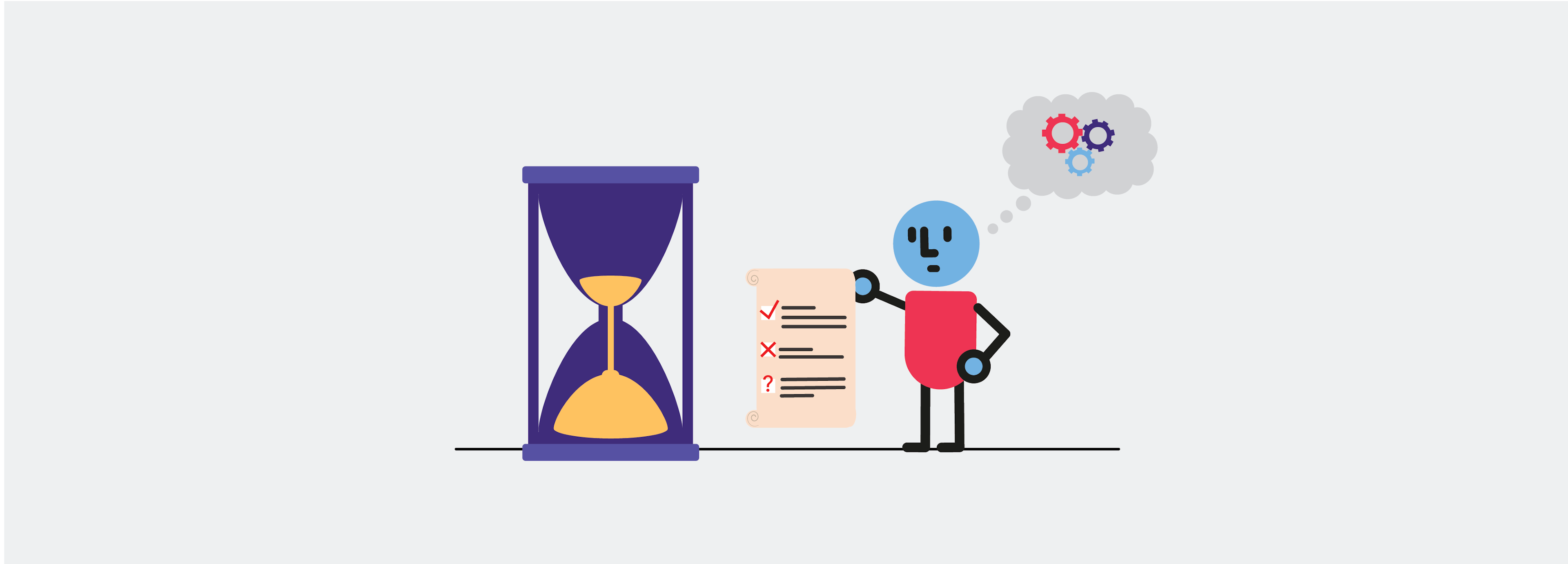7 Project Management Challenges: Why Using Only Project Management Tools Won’t Work

Remote work has exposed a flaw in project management tools. Even though there’s a lot going on, what is really happening?
Trello is full of cards. JIRA is full of issues. Monday has great colors. Asana has flying unicorns. A few other hardcore project managers hang on to every MS Project license.
Most of those tools work under the same rubric: project management and task tracking. The preferred method and/or tool is often up to the main software champion. They are the decision maker that often influences how the rest of the org will work.
I’ve used all of the tools above and a few more that I haven’t mentioned. Many times the differentiation is based on a couple of features that the champion deems “essential” to their workflow--otherwise it may not matter.
At one organization I worked for, project intake forms were the ultimate be-all--if those were absent, then we wouldn’t use that tool.
At another organization, the choice of JIRA was the overriding factor because the engineering team liked it best and they were used to it.
Sure, we can get into a debate about waterfall, kanban, Gantt charts, or even the differences between PMP and PRINCE2.
But there is still an overriding issue.
What is going on across the whole team or organization?
As a manager, how can you see what’s happening?
Here are challenges working with project management tools:
1. Mid-Level Constraints vs. High-Level Perception
We’ve heard of the three main constraints in project management that must be addressed: time, budget, and scope. Scope, cost, and time all impact the quality of the project.
But what also impacts the quality of the project? The perception.
What does the C-suite, VP or exec level think about the project? It could be meeting all three constraints, but what is the effect?
What does this level need to know about the project beyond the Trello card?
These are hard questions to answer with only a project management tool.
2. Projects Go Beyond The Constraints
Levi-Strauss tried to revamp their IT system in the early 2000’s. The project estimate-- a modest $5 million-- ended up leading to a loss of almost $200 million dollars.
I can’t pretend to know all of the factors, and I don’t know what project management tool Levi’s used. But, how do you keep up with this?
A simple Trello card or JIRA issue or MS Project task won’t tell you everything you know.
The answer for most companies is more meetings to “huddle up” and “circle back” on the problems.
Meetings are necessary for sure, but we know the classic dilemma--the manager of the project probably had to spend a lot of time in meetings updating executives rather than solving problems with the project team.
Too often project management tools exacerbate the problem by not giving you enough of the right information:
*On a high-level is this project on track?
* In what stage is the project in?
Executives want (and need) to know this information, but many times this isn’t surfaced in a way that’s quick and understandable.
Bonus: Project Management Certifications
3. Lack of Communication Where It Matters Most
What is really going on? That’s the theme of this post so far. But there’s a birds-eye, high-level view that most projects miss and that individual Trello cards or JIRA issues won’t give you. There can be a report about capacity and a Gantt chart on what’s behind, but the project still needs to be wrapped up. Not all execs or stakeholders are going to have access to this or know how to access it or exactly what they’re looking at.
Team status updates and goals can help in this. Request a weekly check-in that can be done every week, even without a meeting. Ask for certain benchmarks and questions to guide the work routine.
From there, an additional meeting can be scheduled or requested.
Trello vs ClickUp: Which Tool is Better for Project Management?
4. Meetings as the Default
Even with a very robust tech stack, including team communication and project management tools, meetings often become the default for teams to hash out or figure out issues.
The COVID-19 pandemic has changed this somewhat, though teams still experience rounds of Zoom fatigue.
Part of the issue with Zoom fatigue is that teams and individuals were still operating with a meeting-first mindset. In reality, many project management and task management tools were meant to solve this but few don’t.
5.Consistency around Usage
What do you want to enforce? Updating the tasks or getting the work done? Oftentimes only a few team members use the project management tools. And they may each use it in different ways. A key could be your company culture. If you bake it into your processes and there’s accountability and standard operating procedures, then project management tools can succeed in this way.
Unfortunately, not many companies or teams address this. It’s an ongoing issue as teams continue to communicate in digital channels.
It also means more meetings to discuss the project management tools! Solidifying your processes around these on the front-end can be helpful to avoid project failure.
6. Too Much Noise. Not Enough Signal.
You can get notified about everything within a project management tool. Different assignments, comments, upcoming due dates.
But what does this really show? Does an executive, CEO, or every department head need to know about the small status updates? It’s just noise.
Is the big picture work supposed to be intuited from these updates? Is the project on track? Over budget? On time? Going great? And how does everyone feel about their work? These points can’t be adequately covered in regular project management software tools.
They don’t address the right questions. Instead, they are very often random updates with not a lot of context
7. Who Knows About Scope Creep?
Scope creep depends on meticulous documentation within your project management tools.
It’s defined by the Project Management Book of Knowledge as “adding features and functionality (project scope) without addressing the effects on time, costs, and resources, or without customer approval.”
It may not always factor in talent, marketing, administrative, or IT within your development costs. Getting an understanding of these high-level inputs takes a bit more research, digging, and direct communication with the project leader.
Also, most project management tools don’t project future costs with a conversation. You have to run estimates and forecasts, but they don’t answer the simple question that a weekly project check-in provides:
- Do you think this project is on track?
- Will you meet the project goals?
- Do you think you will need more resources?
- What are the blockers in your way?
Many tools lack this simple framework for managing projects.
Pro Tip: Obtain a project management certification to prepare for common challenges project managers face.
Conclusion: Friday is The Bridge Between Project Management Tools
Project management is notorious for identifying what’s wrong. Bugs, issues, epics, and tasks are many times offered to fix things. Then there are deadlines and due dates.
Instead, what’s missing is how much headway or progress has been made especially when handling multiple projects.
There is a lot of value in project management tools and we use them at Friday. We even integrate with Trello, Asana, ClickUp, and Todoist.
But instead of solely relying on those, there needs to be a bigger overview that captures the pulse of the work, the project progress, and an update on multiple projects.
At Friday, we share progress on a regular basis. You may do these through daily stand-ups (another meeting!) but we suggest writing them down and creating a historical record.
This works well for remote teams who are scattered across different time zones and their workday begins and ends at different times. Aligning on these meetings is especially hard, considering how busy mornings and early evenings are for most workers and their families.
Instead, daily standups offered at the same time for each employee lets the team build upon one another and know what’s happening without synchronous communication.
Friday is about building those best habits for better productivity, connectivity, and focus.
- Planner: Roadmap your day, integrate your calendars, join all of your meetings, keep a to-do list, and even see tasks from your preferred project management tool
- Integrations: Integrate your project management tools directly into Friday
- Updates & Routines: Use work updates and routines for daily stand-ups, weekly updates, and other check-ins
- Power-Ups: Use kudos and icebreaker power-ups to connect with your team
Find a way to make headway and eliminate the headaches in project management tools.

